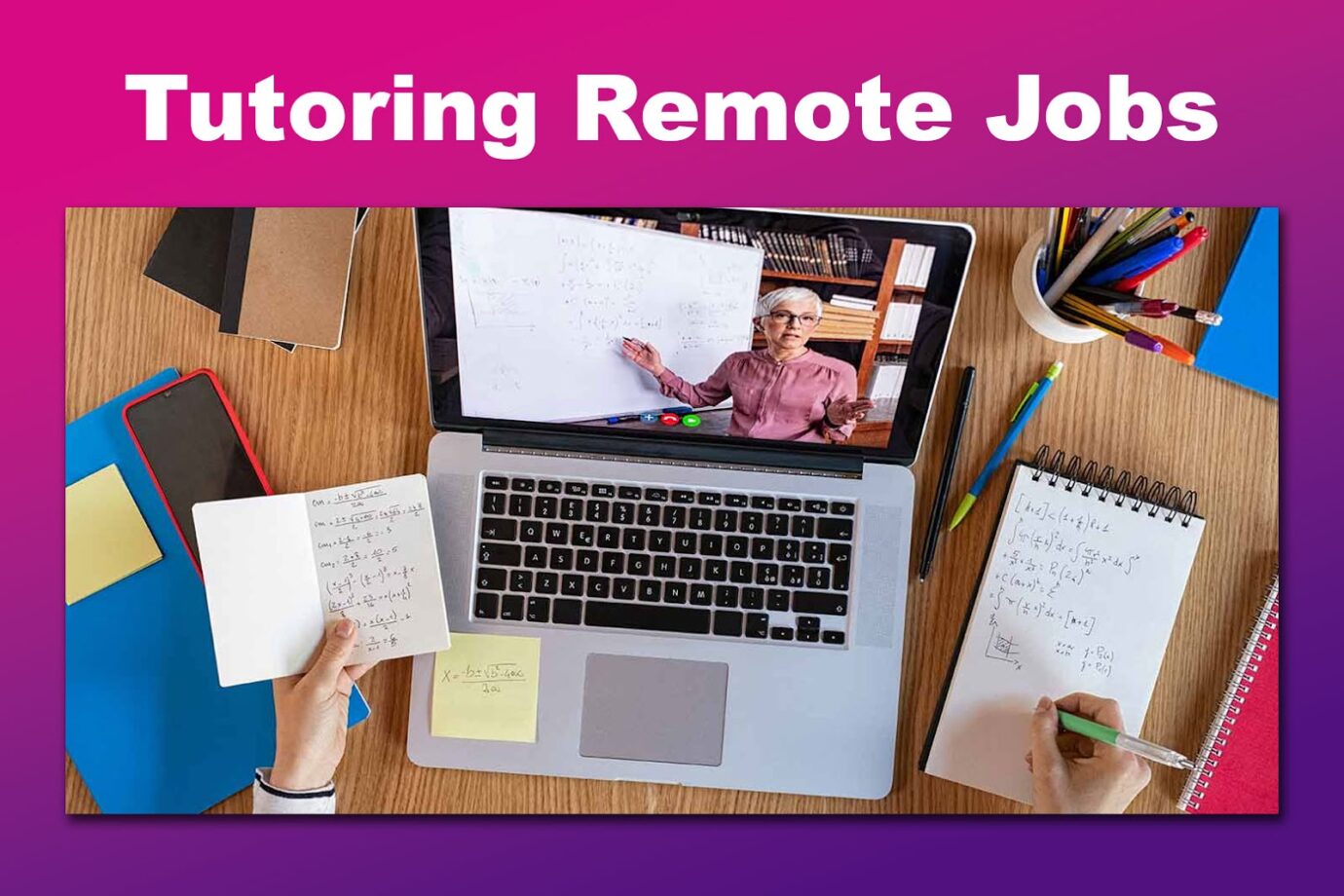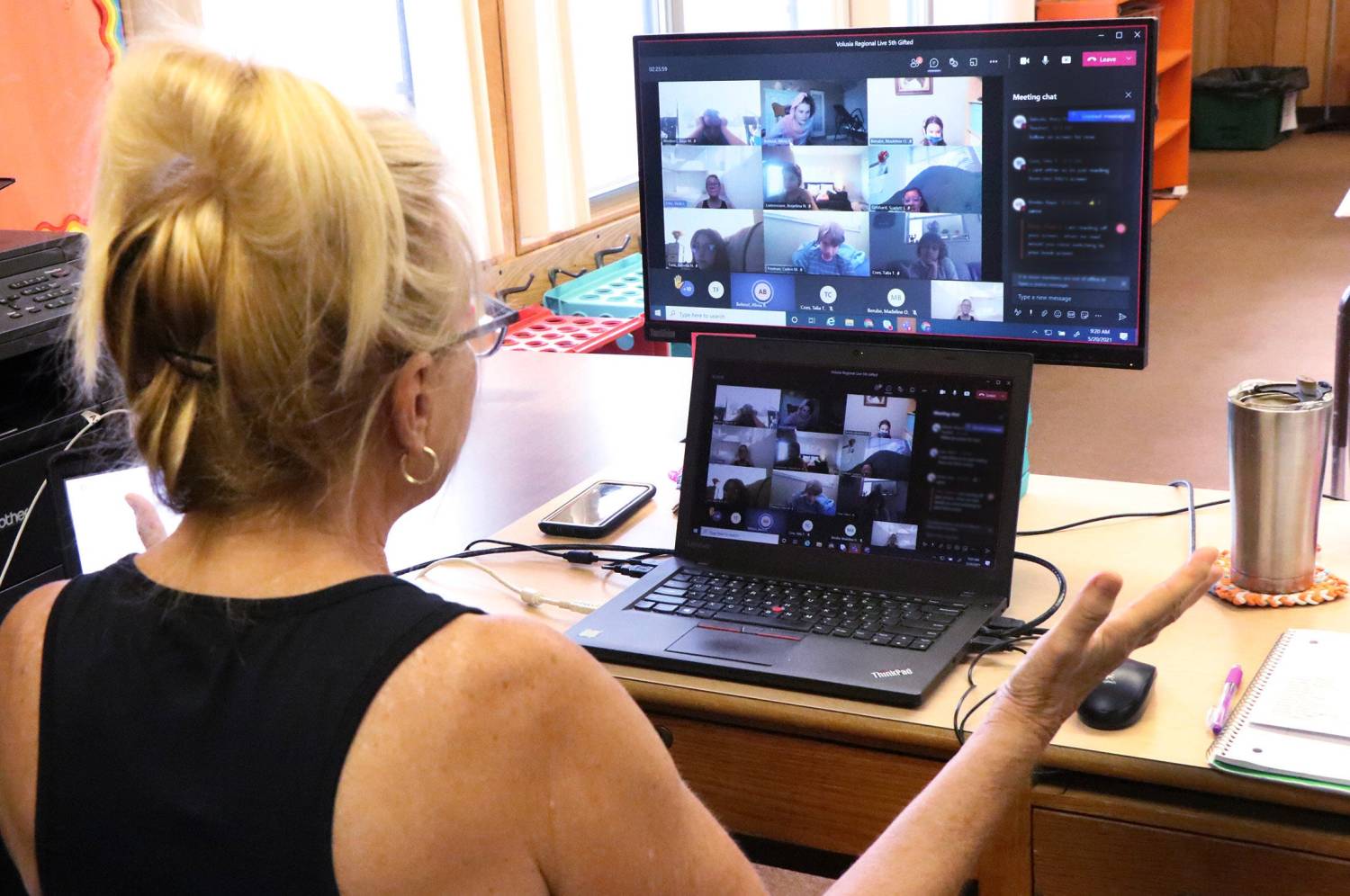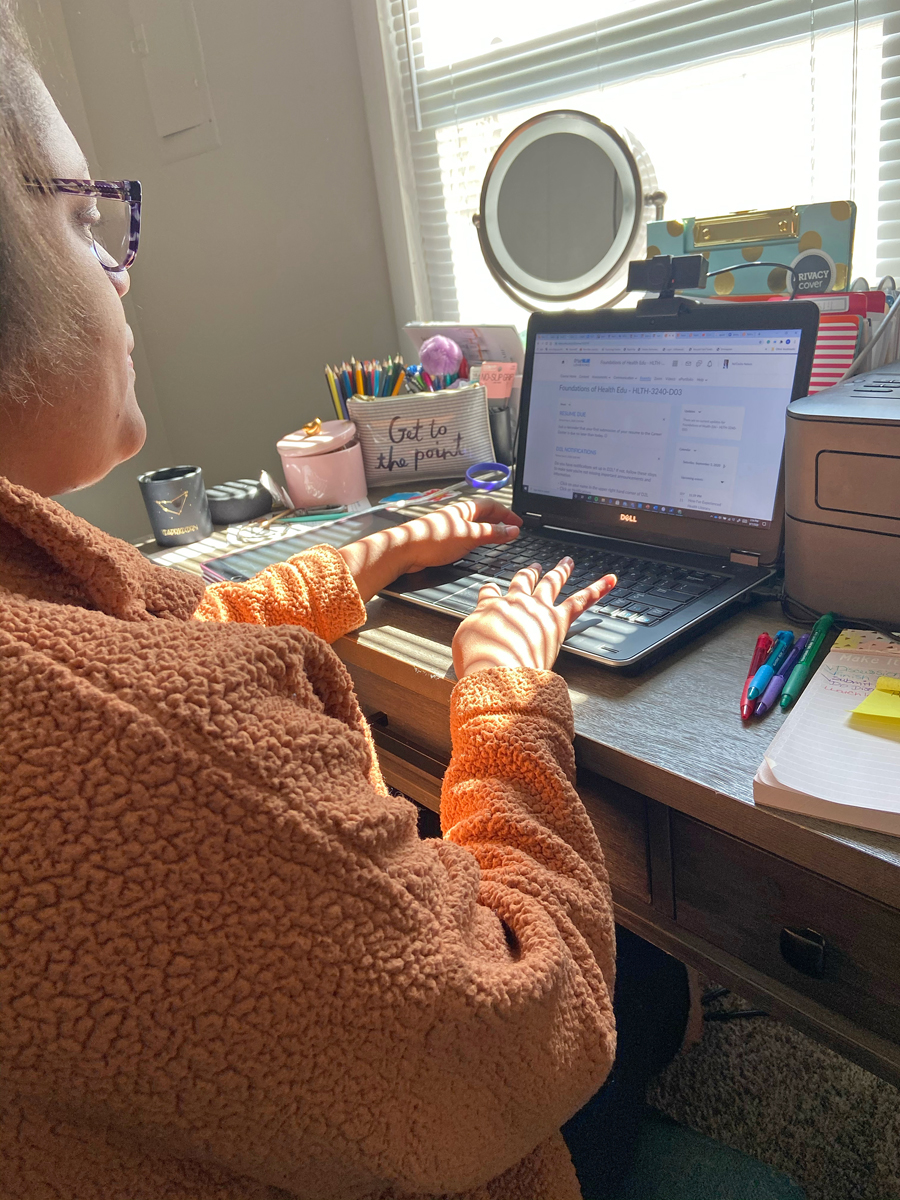Remote Tutoring Jobs For Elementary Students

The COVID-19 pandemic drastically reshaped the educational landscape, leaving many elementary students facing significant learning gaps. As schools navigate ongoing challenges, a surge in demand for remote tutoring has emerged, offering a lifeline for struggling learners and a promising opportunity for educators.
This burgeoning field promises personalized support, but questions remain about accessibility, effectiveness, and the long-term implications for both students and the education system.
The Rise of Remote Elementary Tutoring
The shift to remote learning during the pandemic exposed pre-existing inequalities in education and exacerbated learning loss for many elementary students. Recognizing this crisis, parents and educators alike sought alternative solutions to supplement classroom instruction.
Remote tutoring emerged as a viable option, providing individualized attention and targeted support that could be delivered from the safety and convenience of home. This demand has fueled a rapid expansion of online tutoring platforms and independent tutoring services.
According to a report by Grand View Research, the global online tutoring market is projected to reach $11.28 billion by 2028, with a significant portion attributed to the elementary education segment. The need for personalized learning experiences and the increasing accessibility of technology are major drivers of this growth.
Benefits and Challenges
Personalized Learning and Targeted Support
One of the most significant advantages of remote tutoring is its ability to offer personalized learning experiences. Unlike traditional classroom settings, tutors can tailor their instruction to meet the specific needs and learning styles of individual students.
This targeted approach can be particularly beneficial for students who are struggling with specific concepts or who require additional support to keep pace with their peers. Remote tutors can also provide individualized feedback and encouragement, fostering a more positive and supportive learning environment.
For example, Kumon and Sylvan Learning, traditionally brick-and-mortar tutoring centers, have expanded their online offerings to meet the growing demand for remote services. These established companies bring years of experience and proven methodologies to the online tutoring space.
Accessibility and Equity Concerns
While remote tutoring offers numerous benefits, accessibility and equity remain significant concerns. Access to reliable internet and appropriate devices is essential for participation, creating a digital divide that disproportionately affects low-income families and underserved communities.
Furthermore, the cost of remote tutoring can be prohibitive for many families, limiting access to those who can afford it. Efforts are needed to bridge this gap and ensure that all students have the opportunity to benefit from remote tutoring services.
Organizations like Khan Academy offer free educational resources and tutoring support, but their capacity to meet the overwhelming demand is limited. Public-private partnerships and government initiatives are crucial to expand access to affordable and high-quality remote tutoring for all.
Effectiveness and Quality Control
The effectiveness of remote tutoring depends on a variety of factors, including the quality of the tutor, the student's engagement, and the alignment of the tutoring program with the student's academic goals. It is important to carefully evaluate the qualifications and experience of potential tutors.
Some platforms offer comprehensive training and certification programs for their tutors, while others rely on self-reported credentials. Parents and educators should also consider the tutoring methodology and the availability of progress reports to track student outcomes.
A study published in the Journal of Educational Psychology found that students who received regular remote tutoring demonstrated significant gains in math and reading comprehension. However, the study also emphasized the importance of using evidence-based practices and tailoring instruction to meet individual student needs.
The Future of Remote Tutoring
Remote tutoring is likely to remain a significant component of the educational landscape, even as schools return to more traditional models. The flexibility and convenience of online learning, coupled with the growing demand for personalized support, will continue to drive its growth.
However, it is crucial to address the challenges of accessibility, equity, and quality control to ensure that all students can benefit from this valuable resource. Innovations in technology and pedagogy are also needed to enhance the effectiveness of remote tutoring and maximize student learning outcomes.
Looking ahead, the integration of artificial intelligence (AI) and machine learning (ML) could revolutionize remote tutoring. AI-powered tutoring systems can provide personalized learning paths, adaptive assessments, and real-time feedback, further enhancing the effectiveness of instruction.
Furthermore, the development of virtual reality (VR) and augmented reality (AR) technologies could create more immersive and engaging learning experiences for elementary students. These technologies could transform the way students interact with educational content and foster a deeper understanding of complex concepts.
The evolution of remote tutoring represents a significant opportunity to transform education and empower students to reach their full potential. By addressing the challenges and embracing innovation, we can create a more equitable and effective learning environment for all.


















